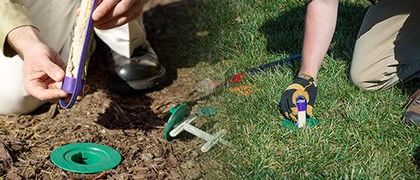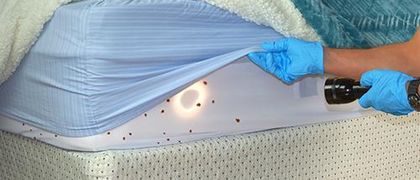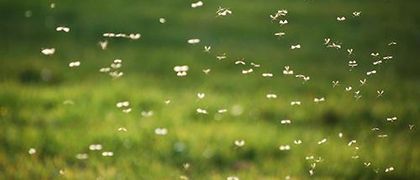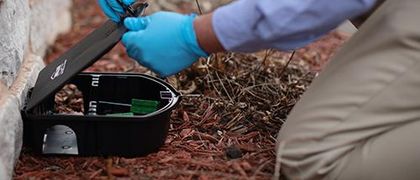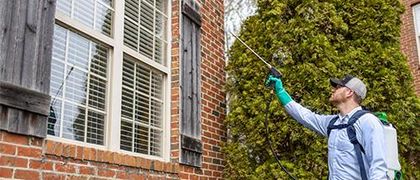What do flies look like?
Although specifics vary depending on the type, flies share some common attributes.
- Size: Range from the size of a grain of salt to nearly 3 inches.
- Color: Color varies by species
- Body Structure: Basic oval body structure consisting of a head, thorax, and abdomen. They have six legs, antennae, and wings. Flies also tend to have compound eyes, mouthparts designed for feeding, and sticky feet that enable them to cling to smooth surfaces.
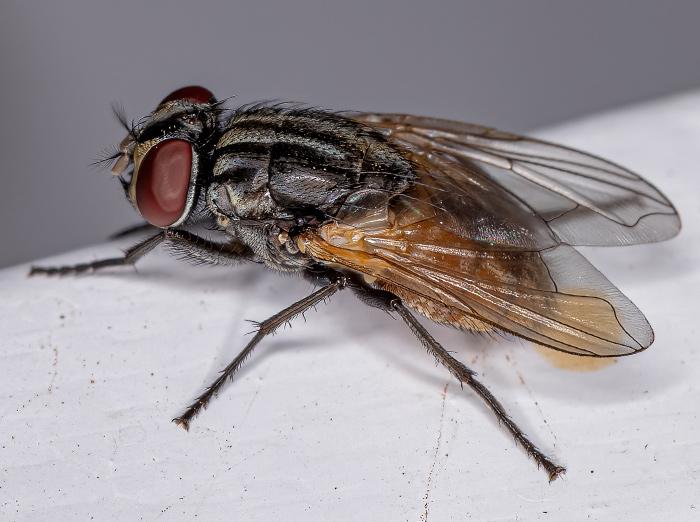
Identifying characteristics of flies
The life cycle of a fly takes them from egg to a larval stage to adult and may vary in length depending on the species. The larvae of house flies are called maggots. Flies tend to have a short lifespan, but they breed very quickly. A house fly can lay 600 eggs in less than a month and a fruit fly can lay 500 eggs in only 10 days. A single trash bin can serve as a breeding ground for tens of thousands of flies. Left alone, a pair of flies and their offspring can produce more than 190 quintillion flies (that’s 18 zeroes) in just five months!
When are flies most active?
Where are flies commonly found?
Flies live wherever they can find food. They thrive on every continent except Antarctica, predominantly because they are indiscriminate eaters. Flies are strongly attracted to garbage and dumps, places that make or store food, sewers, and decaying plants and animals, though they will eat just about anything available.
What do flies eat?
The diet of flies varies depending on type. Filth flies, like the house fly and gnat, eat human food, excrement, garbage, decaying materials, dead animals, and just about anything else. Flies are also attracted to nectar and items that contain sugar. Some flies — like the mosquito and horsefly, require a blood meal to reproduce.
Are flies dangerous?
Flies carry germs from place to place. Scientists estimate that they transport up to two million different types of bacteria. The mosquito is the deadliest insect on the planet, and the common housefly is known to spread at least 65 diseases to humans, including salmonella, typhoid fever, leprosy, dysentery, cholera, tuberculosis, and conjunctivitis. Flies are also responsible for transmitting harmful, and even fatal, bacteria and viruses to animals.
Why do I have a fly infestation?
If you've noticed fruit flies, house flies, or other types of flies infesting your home or business, chances are there's decaying matter somewhere. Garbage disposals and drains are two prime breeding sites for flies.
How do I get rid of flies?
Flies are tricky to get rid of because they do not have a nest. In order to eliminate these pests, you'll have to solve the underlying causes of the infestation. As we mentioned above, flies are probably showing up because there's food or other matter decaying somewhere in your structure.
How can I prevent a fly problem?
To prevent fly infestations, the local pest control pros at Miller Pest & Termite recommend the following fly prevention tips:
- Find and eliminate decaying matter
- Seal all openings on the exterior of the house
- Replace torn window and door screens
- Keep entry doors, garage doors, and windows closed
- Install weather stripping
- Disinfect countertops, floors - any surface where food or drink is prepared or dropped
- Take out trash regularly and use sealed garbage bins
- Clean up pet waste often


Get Help Now!






